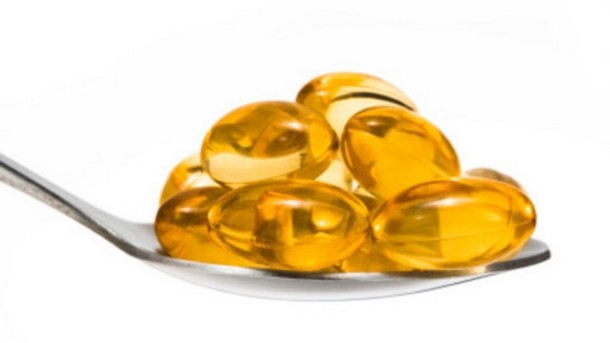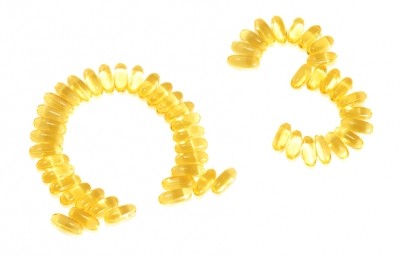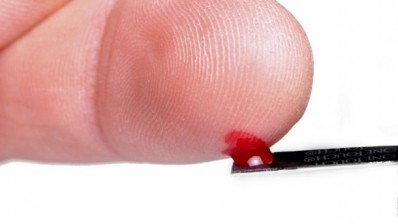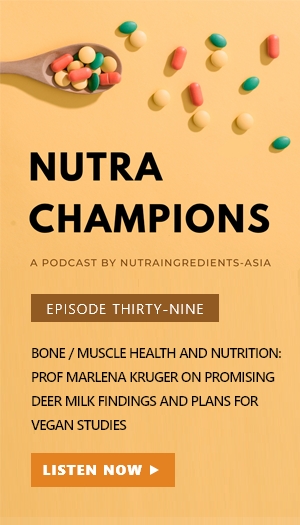Imbalance of PUFAs potential therapeutic target for blood clot prevention

Researchers from the University Graduate School of Medicine in Tokyo, Japan, reported that lower omega-3 eicosapentaenoic acid (EPA) levels, and lower EPA and omega-6 arachidonic acid (AA) ratios were observed in Japanese patients with venous thromboembolism (VTE).
“High serum AA levels and low EPA levels are associated with the development of acute VTE, suggesting that the imbalance of PUFAs may be a potential therapeutic target for preventing acute VTE,” they wrote in the Journal of Atherosclerosis and Thrombosis.
While several studies have demonstrated an association between PUFAs and occurrence of VTA, the roles of PUFAs in the development of this condition remain unclear, said researchers.
“The aim of this study is to clarify whether low omega-3 PUFAs and high omega-6 PUFAs are associated with the occurrence of VTE,” they said.
“In addition, we investigated the difference of PUFA levels between younger and older patients with VTE.”
The study involved 45 patients with acute VTE and 37 age, gender, and body mass index-matched healthy volunteers as the control group.
Independent marker
Serum omega-3 and omega-6 fatty acids levels were measured within 24 hours after admission to the hospital.
Findings revealed that patients with VTE showed significantly higher AA and lower EPA levels, and lower EPA / AA ratios than the control group.
“Multivariate analysis revealed that AA was an independent marker for VTE,” said the researchers.
The study noted that AA accelerates platelet aggression and inflammation, and is processed into various pro-inflammatory and pro-thrombotic metabolites in the body, which contributes to the development of VTE.
In contrast, omega-6 dihomogammalinolenic acid (DGLA) was found to exert anti-inflammatory effects. Therefore, an increase in DLGA levels relative to those of AA within inflammatory cells may reduce the production of AA metabolites, the study said.
Researchers also pointed out that a previous study said EPA, when derived from fish oil, has antithrombotic and anti-inflammatory effects and improves endothelial function, with its beneficial effects on preventing VTE reported in an animal model.
“However, the beneficial effects of EPA on the development of VTE remain controversial in clinical settings,” researchers said.
In this study the researchers concluded that the imbalance of PUFAs could be a potential therapeutic target for preventing acute VTE, but added: “Because this is a small-sample size and case control study, we could not evaluate cause-and-effect relationships between PUFAs and VTE.”
Source: Journal of Atherosclerosis and Thrombosis
“Significance of Serum Polyunsaturated Fatty Acid Level Imbalance in Patients with Acute Venous Thromboembolism”
Authors: Masaru Hiki, Tetsuro Miyazaki, et al.















